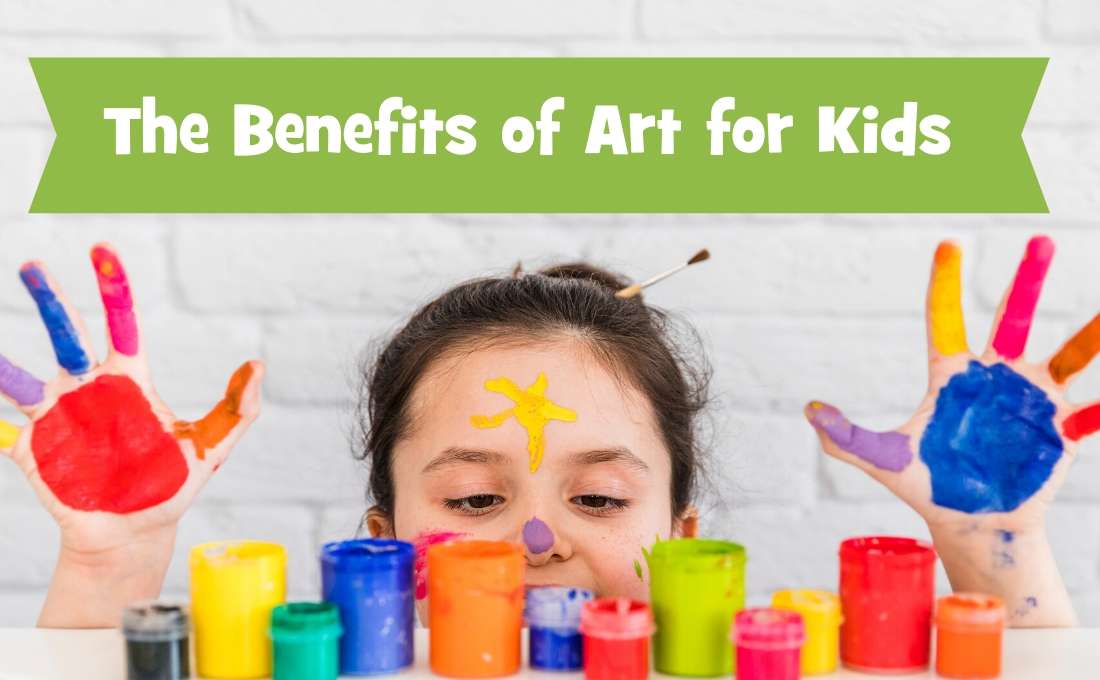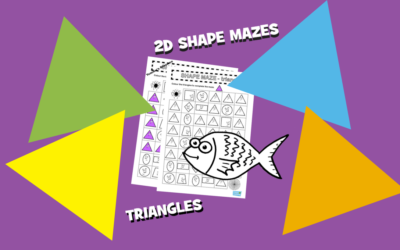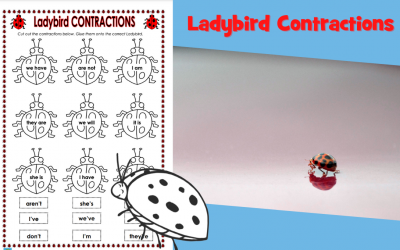The Mum Loves Best blog, is a wealth of information about all things children and motherhood. At Lizard Learning we are all about sharing relevant information to help you at home or make like a little easier in the classroom and this blog, Learning to Love the Arts: 35 Benefits of Art for Kids, does just that.
We love their message, ‘While it’s important for a child to learn science, math, and reading, art is also key to their development. At home, it’s a great time to connect with your child and encourage their creativity. In school, it’s a way for them to communicate and build confidence.
Let’s help our kids follow their creative pursuits….
Learning To Love The Arts: 35 Benefits Of Art For Kids
Statistics show that art benefits children’s academic achievements. Those students actively involved in the arts are:
- Four times more likely to take part in a math or science fair.
- Three times more likely to have good school attendance and win an award for it.
- Four times more likely to be recognized and acknowledged for academic achievements.
- Three times more likely to stand for and be elected to class office.
- Likely to have higher SAT scores.
- Less likely to drop out of school.
- More likely to gain employment after school due to their creativity.
Despite these facts, many educators feel not enough emphasis is being placed on art in schools. In fact, 66 percent of public school teachers feel that arts are being overtaken by the need for math or language arts.
Art Education in Decline
There has also been a steady decline in the availability of arts education for African Americans and Hispanic Americans. Between 1982 and 2008, it dropped from 47–51 percent to 26–28 percent (source).
A more recent report, The Nation’s Report Card, carried out by the National Center for Education Statistics, was compiled in 2017. This showed that students who take music lessons or art classes, go to the theater, or visit museums, achieve higher scores in their tests (source).
These facts and figures represent an overwhelming reason for getting our kids interested in creative pastimes at an early age.
This is where you as a mom or dad come in. If these facilities are not being offered on the scale they should be in school, then you can help.
Start by fostering your child’s artistic appreciation at home. This can be done as simply as encouraging fingerpainting in toddlers. As they grow, you can introduce them to other creative activities.





0 Comments